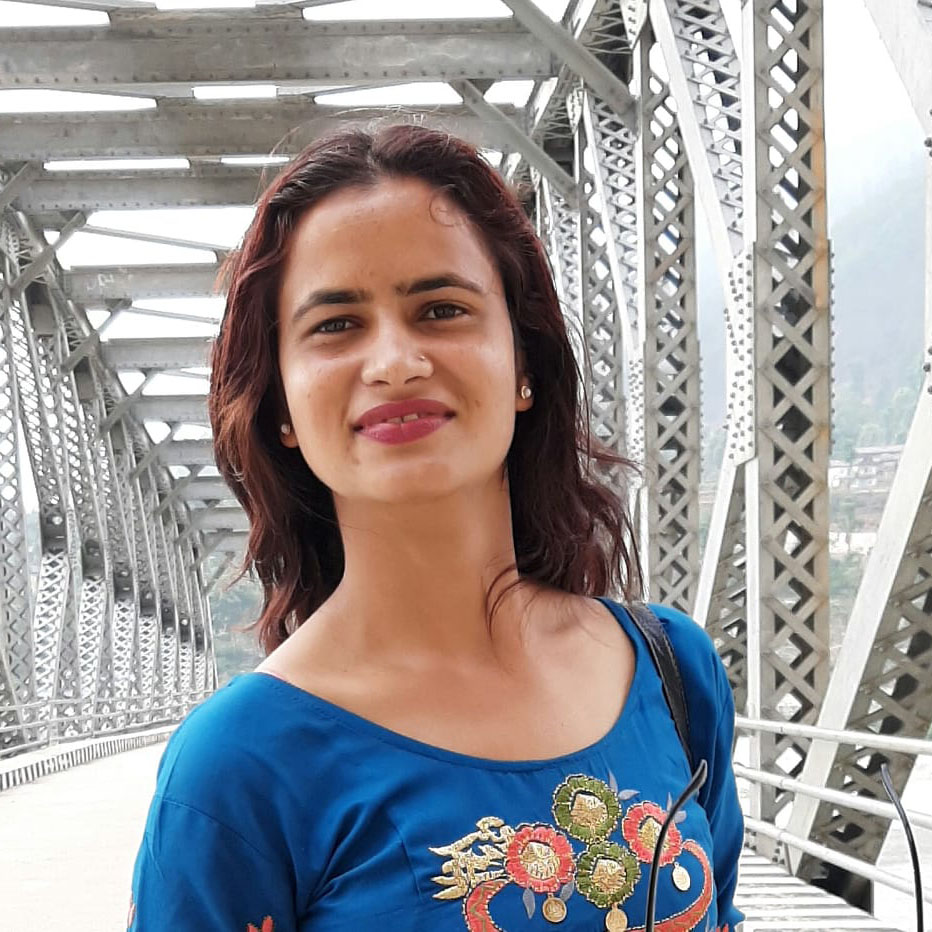Sudurpaschim Province
Disabled children out of the education system in Achham
Enrolling students with special needs is just one way to bring them into the system; keeping them in school remains a bigger challenge.
Menuka Dhungana
Rohit Dhungana is 13 years old. A resident of Mangalsain Municipality, he cannot speak or hear but he communicates well in sign language. A year ago, Rohit’s mother, Goma, sent him to a school for disabled children in Shreekot at Sanfebagar Municipality. A year later, Goma stopped sending Rohit to school, as she found that the school did not have a conducive learning environment for Rohit.
“Although the school is supposed to cater to the disabled, it did not pay much attention to the students’ special needs. I saw the staff misbehaving and getting irritated with the students. I couldn’t see my son go through that so I removed him from the school,” Goma said.
Rohit attended school for a good part of the year but he has only learnt to write his name.
“We don’t have the money to send Rohit to another ‘special’ school. And I think he is better off at home than at a school where he is not treated well because of his disability,” Goma said.
The Post tried to contact the teachers at the school but they were not available for comment.
Many schools in the district run separate classes for children like Rohit. Mahendra Secondary School in Bayalpata holds special classes for deaf children; Shodasa Secondary School does the same for blind students and Bidhyamandir Secondary School runs special classes for those with mental disabilities. However, these schools have space for only 10 students at a time. “We have the resources for only 10 students under the disabled quota but we currently have 12 students,” said Bir Bahadur Shah, headmaster of Bidhyamandir Secondary School. “The staff cannot look after more than 10 students at a time. This year alone, we had to send back 12 mentally-challenged children since we don’t have enough space to accommodate them.”
Tek Bahadur Shahi, chairman of the School Management Committee in Bidhyamandir Secondary School, said the school has assigned one teacher and one caretaker for the 12 disabled students.
“We have divided the students into two groups and teach them in a group of six in two different classrooms. We can’t risk crowding the classroom since every student needs special attention,” said Shahi.
The government had conducted admission campaigns in the district to bring every child into the education system but none of the campaigns have been successful so far, says Top Bahadur Kadayat, a teacher at Bidhyamandir Secondary School.
“There are policies to make education inclusive but the execution has not been done properly. That is why so many disabled children remain deprived of education in the district,” said Kadayat.
Authorities have not conducted any survey to find out the exact number of disabled children in the district, according to the officials at various local units in the district.
Highlighting the local authorities’ indifference towards education for the disabled, Kadayat underscored the importance of an effective campaign in rural areas to bring disabled children to school.
Enrolling disabled students in schools is just one solution to a larger problem of bringing them into the education system; keeping them in school remains a bigger challenge. As experienced by Goma, even if students like Rohit are enrolled in a school, the reasons for them to drop out outweigh the reasons for them to continue.
Devraj Devkota, mayor of Panchadeval Binayak Municipality, agrees that it is twice as hard to keep disabled children in school given its inadequacy to understand the nature of attention sought by each student.
“We campaign for free education for all children but so far we haven’t been able to include disabled children into the equation,” said Devkota.
Since the disabled have special needs, not just physical but also in terms of honing their cognitive abilities, it is imperative that the schools are also well-equipped to cater to these children. However, most schools that run special classes for disabled children do not have trained human resources—teaching and non-teaching—who can cater to these children.
“It is difficult to separate these children from their family members even for a limited period of time. Moreover, the teachers and caretakers haven’t undergone any special training to be able to provide the care that these children need,” Devkota said.
The other obstacle in keeping disabled children in the school system is the lack of infrastructure; most schools in the district do not have disabled-friendly infrastructure.
Nara Bahadur Kunwar, chief at the District Coordination Committee, believes that the government has not put in effort to invest into building disabled-friendly schools in the district.
“If we are to facilitate disabled students, we have to build infrastructure that are disabled friendly. But that will require a huge investment,
which we currently don’t have,” said Kunwar.
As for Rohit, his mother is not willing to send him back to school unless the school becomes disabled friendly and puts in more effort to teach Rohit more than just to write his name.
***
What do you think?
Dear reader, we’d like to hear from you. We regularly publish letters to the editor on contemporary issues or direct responses to something the Post has recently published. Please send your letters to [email protected] with "Letter to the Editor" in the subject line. Please include your name, location, and a contact address so one of our editors can reach out to you.




 13.12°C Kathmandu
13.12°C Kathmandu













